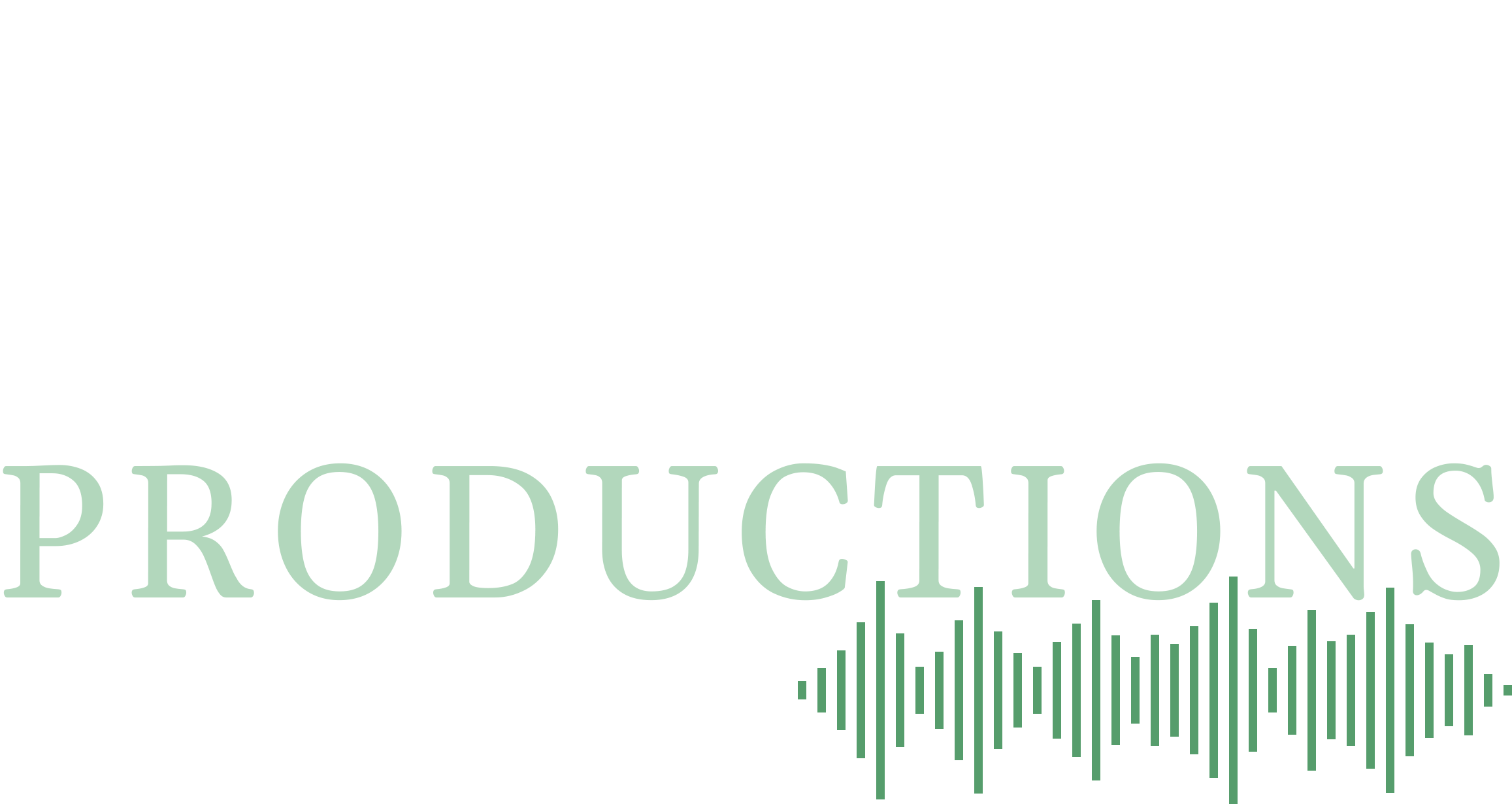Listen to audio examples and a description of the three different ambience types (use headphones)
While most existing (mostly stereo) libraries focus on static recordings of soundscapes, Munk Productions Ambisonic Ambiences (MPAA) offers two additional types of recordings. This is because
- sometimes you need a transition to take place - we call these Transition
- sometimes you need a specific sound in focus (like a traditional sound effect - we call these Action)
- sometimes you just need the sound of a place and nothing else - we call these Static
Depending on your projects you can purchase only the type of audio you require without having to pay for audio you won't need.
Occasionally, there is some overlap between types, in which case a sound may exist in two different packages (but it's rare).
Read the following to understand the three different types.
Static
The Static type is the traditional ambience type. The microphone (and hence, the listener) is positioned at a single, static location within the scene and simply records, what is already there. There is no movement from one place to another, and the scene only changes if the agents within it change.
Also, in most cases, the scene is comprised of multiple sound sources acting more or less independently of each other, and often at the same time. Therefore, it is mostly impossible to use a static ambience as a traditional "sound effect". However, in some cases, one single sound source is so much in focus that it could be used as a single sound effect. When this is the case, that sound source is CAPITALISED to stand out in both the filename and the description.
The Static type is therefore highly scene-centric and is meant to place some action (that you produce) at a specific locale.
Examples could be:
- a forest with bird song
- a pedestrian street in a city
- a ride in a car (where the microphone is static with respect to its immediate surroundings, i.e. the interior of the car)
- a ride in an amusement park, recorded next to the ride
- heavy traffic in a city centre
- a "roomtone", the (often very silent) sound of a particular room in a particular building
In MPAA packages, Static recordings taking place outside (Exterior) are, in the vast majority, accompanied by two photographs taken at the place and time of the recording, to help you visualise what you're hearing, or to help in searching for the right sound file. Read about photos here.
Action
The Action type is probably the closest we get to a traditional (foley) sound effect. These sounds are usually placed in a simple, static scene, where some specific action is performed by "someone". This also means, that one specific sound source usually is in focus, making some of the Action effects usable as traditional sound effects with an immersive component.
Examples are:
- starting a dishwasher in a kitchen (fx: dishwasher)
- smartphone ringing on table (fx: smartphone ringing)
- vacuum cleaning a staircase (fx: vacuum cleaner)
- taking a shower (fx: shower)
- lighting a barbecue on the terrace (fx: matches, fire, frying)
- preparing dinner in the kitchen (fx: too numerous to list all, but e.g. plates, cutlery, drawers, tap running, frying...)
- people eating lunch in the dining room (which could also be categorised as a Static ambience - and might be available in both types)
Transition
When the microphone (and hence, the listener) starts moving through or between different scenes, the resulting recording is designated as a Transition. These are often very rich and varied in audio content and therefore exciting to listen to on their own.
They are envisioned to be especially usable in the context of a story, where the listener follows the life and/or actions of one or more persons. Or as a supporting audio bed under a narration explaining someone's actions.
This type of immersive ambience is quite unique to MPAA, as a high degree of mobility is needed to record them (you can't easily move a 1x1x1 meter multi-microphone array around). The sound field microphone is well suited for this purpose, and our in-house designed wind- and rain protection equipment supports it as well.
Examples of Transitions are:
- skiing down a piste at a ski resort
- walking through part of a city in pedestrian streets
- riding a bike from one location to another
- walking to and getting on a train, riding, and exiting to the street
- getting into and out of a car, and riding to some location
- going up in an elevator
- walking through a supermarket
Adding Transitions to audio productions greatly enriches the listening experience and is highly recommended.
